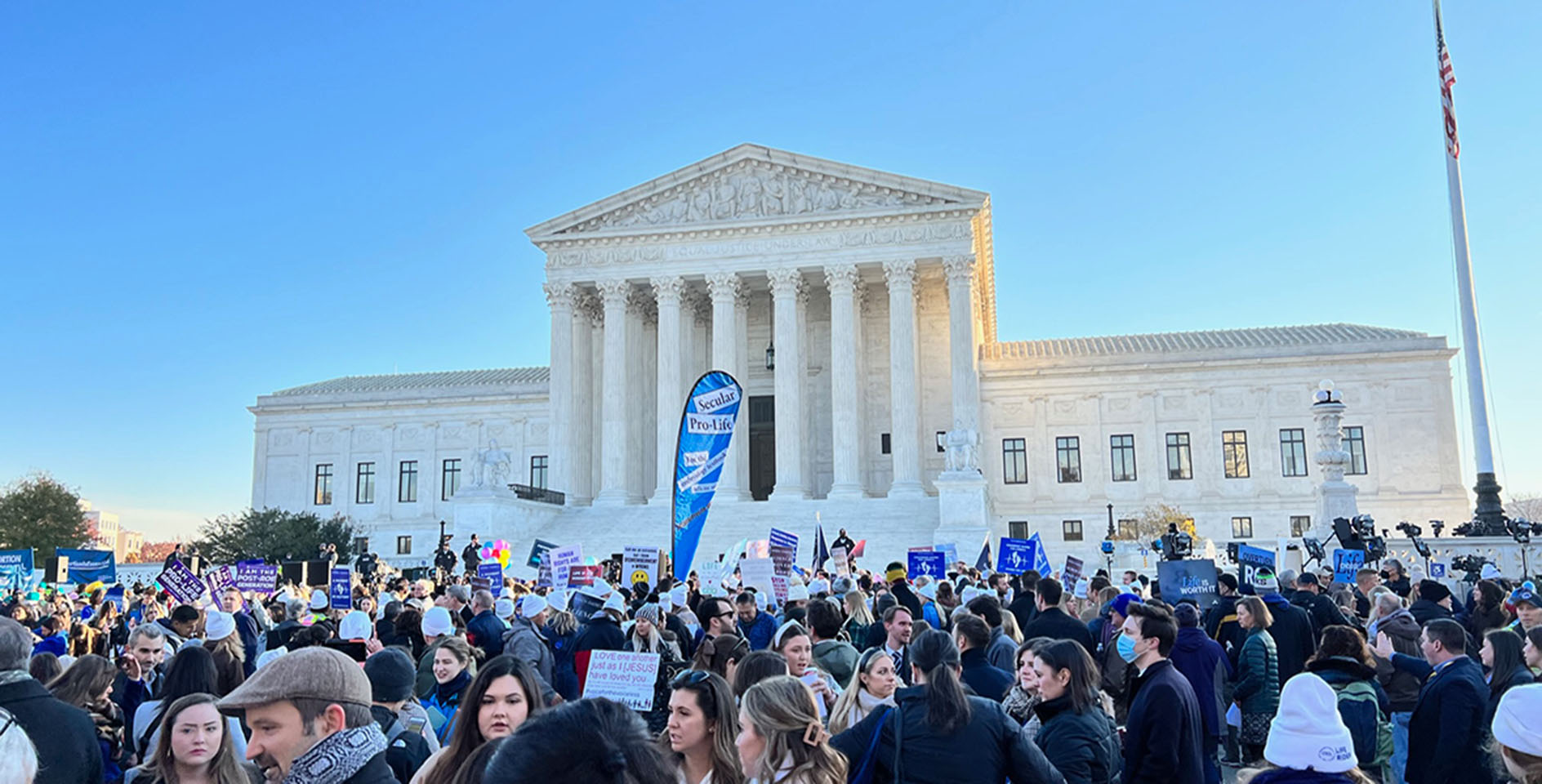Earlier this month the ERLC joined other faith organizations in forming the Faith for Just Lending Coalition. The purpose of the coalition is to raise awareness about families in financial crisis and how high-cost lending negatively impacts them. One industry that frequently takes advantage of the poor and others in financial distress is payday lending. Here are five facts you should know about payday lending:
1. Payday lending (also known as payday loans) is the term used to describe the practice of lending small amounts of money to people, usually $350 or less, for two week periods, i.e., until their next payday. In return the borrower pays interest on the loan when it is due at the end of the loan period.
2. Because they are short-term loans, the borrowers aren’t always aware of the actual rates they are paying. For instance, when the lender offers a $350 loan for 15%, that two-week loan is actually provided at a 390% annual interest rate.
3. If a typical payday loan of $325 is rolled over eight times, the borrower will owe $468 in interest; to fully repay the loan and principal, the borrower will need to pay $793. The rollover of existing borrowers’ loans every two weeks accounts for three-fourths of all payday loan volume, with the typical payday borrower remains in payday loan debt for 212 days of the year.
4. The average payday borrower has nine transactions per year. 90 percent of the payday lending business is generated by borrowers with five or more loans per year, and over 60 percent of business is generated by borrowers with 12 or more loans per year. Loans to non-repeat borrowers account for just two percent of the payday loan volume.
5. Since its inception in the 1990s, the payday lending industry has established more than 22,000 locations that originate an estimated $27 billion in annual loan volume. Nationally, there are more than two payday lending storefronts for every Starbucks location.
Image source: Taber Andrew Bain










